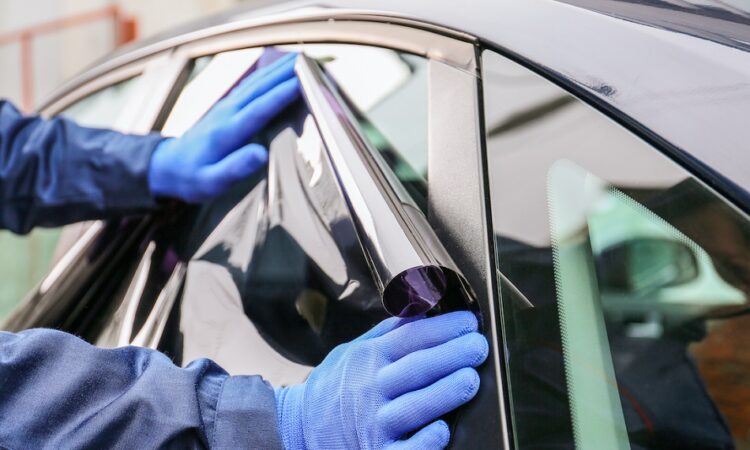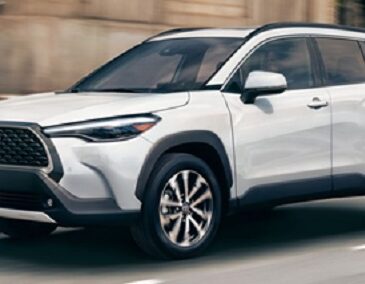
Introduction
Automotive window tinting is more than just an aesthetic upgrade for your vehicle. It’s a multifaceted improvement that can significantly enhance your driving experience. This comprehensive guide delves into the world of automotive window tinting, exploring its benefits, types, legal considerations, installation process, maintenance tips, and frequently asked questions.
Benefits of Window Tinting
- UV Protection: Window tints block harmful UV rays, protecting the skin of the occupants and preventing the interior of the car from fading.
- Heat Reduction: By reflecting sunlight, tints help in maintaining a cooler interior, which is especially beneficial during hot weather.
- Privacy and Security: Tinted windows provide privacy for passengers and security for valuables inside the vehicle.
- Glare Reduction: Tints reduce the glare from sunlight and headlights, enhancing driving safety.
- Energy Efficiency: With reduced heat, there’s less reliance on air conditioning, which can improve fuel efficiency.
Types of Automotive Window Tints
- Dyed Window Tint Film: Economical and provides privacy, but less effective in heat reduction.
- Metalized Tint: Reflects heat using tiny metallic particles in the film, also strengthening the window.
- Carbon Window Tint Film: Offers better heat reduction and doesn’t interfere with electronics.
- Ceramic Tint: High-quality, highly effective in UV and heat blocking without compromising visibility.
Legal Considerations
The legality of window tinting varies by region. It’s crucial to check local laws regarding the allowable tint level, often measured as Visible Light Transmission (VLT) percentage. Tinting laws are in place to ensure driver visibility and law enforcement safety.
Installation Process
Professional installation is recommended for the best results. The process typically involves:
- Cleaning the windows thoroughly.
- Cutting and shaping the film to fit each window.
- Applying the film using a squeegee to remove air bubbles.
Maintenance Tips
- Cleaning: Use ammonia-free cleaners and a soft cloth.
- Cure Time: Allow the tint to cure for a few days before rolling down windows.
- Scratch Prevention: Be careful with objects that may scratch the film.
FAQs
How long does window tint last?
Quality tints can last up to 10 years, depending on maintenance and exposure.
Can window tint be removed?
Yes, it can be professionally removed if necessary.
Does window tinting have any impact on insurance?
Generally, it doesn’t affect insurance, but it’s wise to inform your insurer.
Can I tint my windshield?
Laws vary, but generally, a non-reflective tint is allowed on the top few inches.
Is it possible to DIY window tinting?
While DIY kits exist, professional installation ensures adherence to legal standards and a quality finish.
Conclusion
Automotive window tinting is a practical investment that offers a blend of aesthetic appeal, comfort, and safety. By understanding the types of tints, legal considerations, and proper maintenance, car owners can make informed decisions that enhance their vehicle’s functionality and longevity. Remember, always consult local laws to ensure your tinting choices remain compliant.



